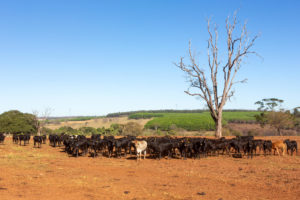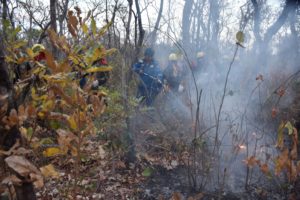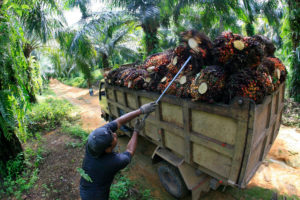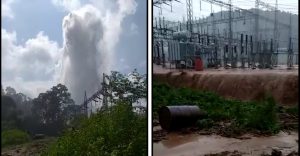Far from the capital Brasília, where political clashes over the Amazon recur, three thousand researchers gathered in the southern Brazilian city of Curitiba last week for the International Union of Forest Research Organisations (IUFRO).
IUFRO is the world’s largest congress of forest experts. In Curitiba they explored ways to create a sustainable forest economy for the planet’s lungs at a desperately urgent time. President Jair Bolsonaro continues to emphatically defend the exploitation of the Amazon’s minerals as a path to development.
“The interest in the Amazon is not because of the Indians or the fucking trees, it’s mining,” he said recently.
While it is difficult to see solutions for the Amazon emerging from Brazil’s polarised political situation, the majority of scientists agree that the ‘bioeconomy’ and responsible forest management offer the best means of its preservation.
“Development models for this region have always come from agribusiness and extensive livestock ranching,” said Ana Carolina Vieira, a researcher at the Floresta Tropical Institute, which supports sustainable use of forest resources such as timber, açai, and Brazil nuts.
“What we are proposing here is a forest economy.”
Avoiding controversy
Given the controversy over the Amazon fires and deforestation, some scientists expressed reservations about Brazil hosting IUFRO 2019, the first time it has taken place in a South American country in its 127-year history.
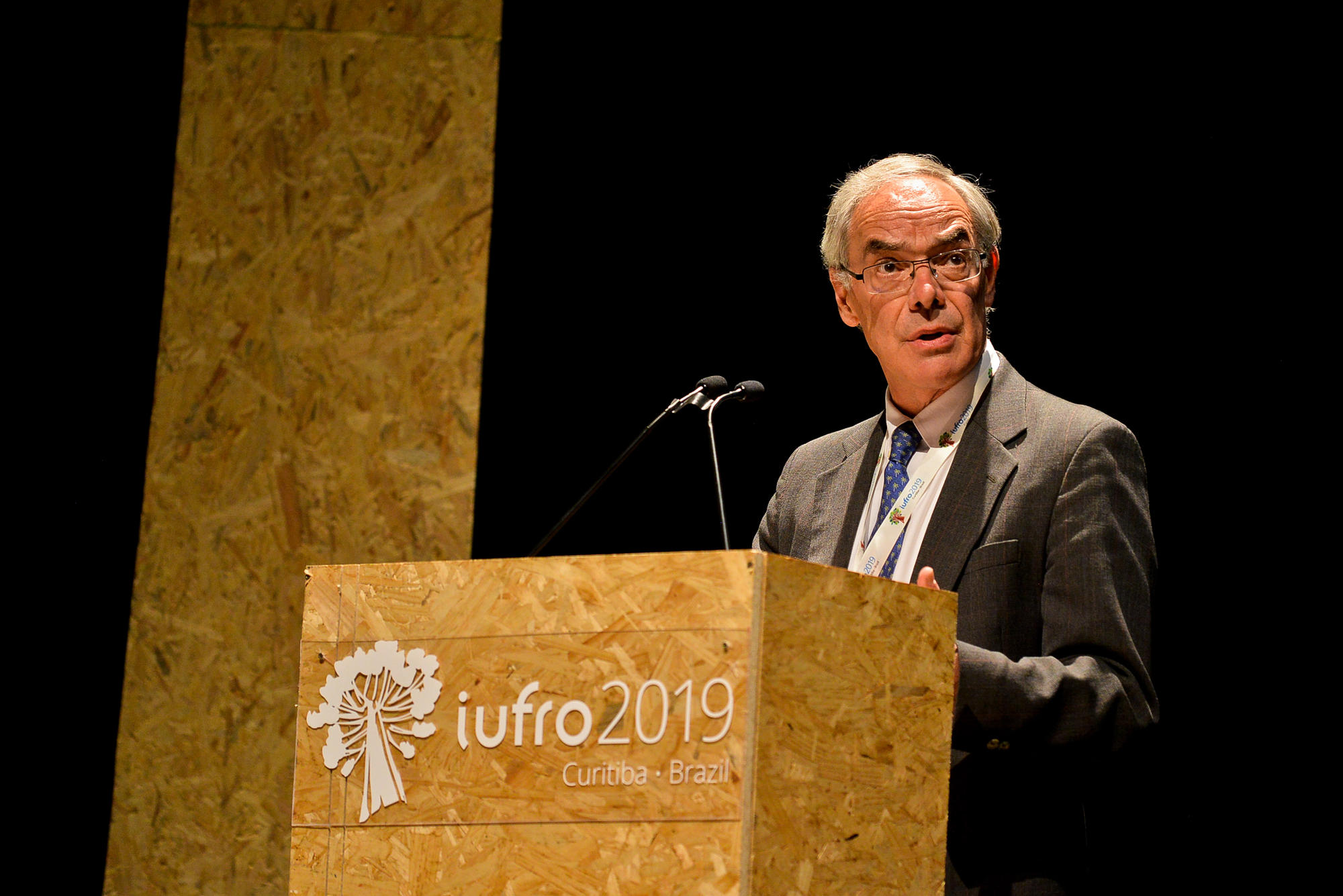
As a non-political organisation, IUFRO declined to comment on Brazilian national policy.
“We deal with facts,” said John Parrotta, president-elect of IUFRO. “We scientists have a great responsibility to communicate to the public what is important to know about forests and the solutions we have already developed to preserve it.”
Though they refused to be drawn on recent events in the Amazon, scientists warned about the impacts of federal government funding cuts for research planned next year.
Solutions in sight
Margarida Ribeiro da Silva is the leader of the Verde Para Sempre Extractivist Reserve in the northeastern state of Pará. She earns her living from low-intensity timber production.
“Management means building a production calendar and taking advantage of the natural resources we have,” she said. Her traditional community obtained ownership rights of the land they inhabit under pressure from land grabbers and loggers. They drafted the first community forest management plan for the reserve.
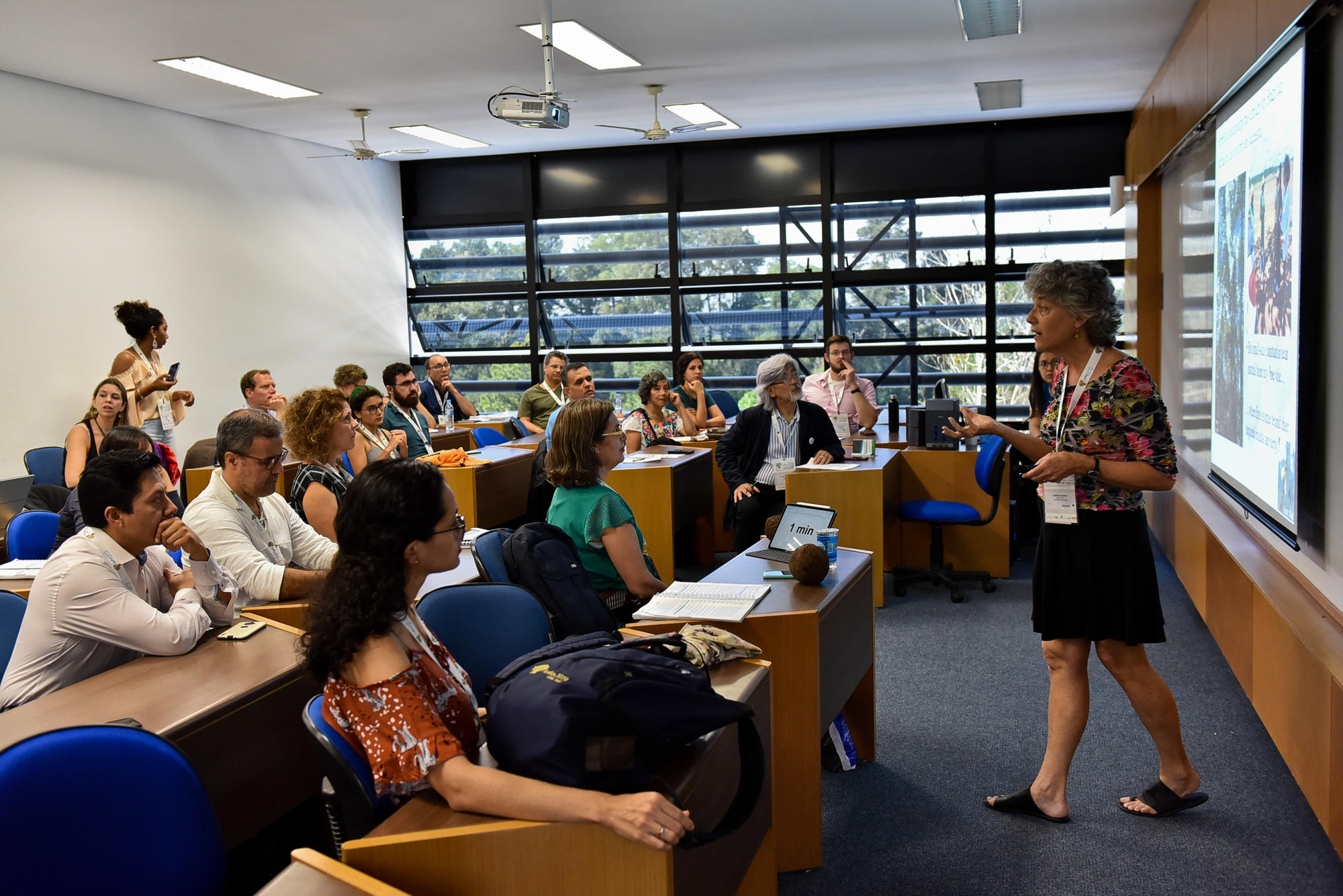
Those battling extensive agriculture and ranching, among the main causes of deforestation in the Amazon, need an economic incentive and backing-up with resources for forest management.
“As long as forest products ensure [the income of the population], the forests will stay standing. Otherwise, the cattle will come in,” said Ana Margarida Euler, researcher at Embrapa Amapá, the Brazilian Agricultural Research Organisation.
Limitations
Some scientists want to restrict the level of forest management and argue that tropical forests such as the Amazon are resilient, so long as activities aren’t too intensive.
One study concluded that low to medium intensity timber management, qualified as the removal of up to 17 m3 of timber per hectare per year, allows for the forest’s biodiversity to be maintained. The problem, one panel argued, is that such methods are far less profitable.

“We have to find a way to pay for these services. Wood alone will not work. We need to work with all the value the forest has, such as soil conservation, preservation of biodiversity, and its positive impact on the climate,” said French researcher Plinio Sist. He advocated payment for environmental services in addition to low-intensity forest management.
Other scientists recognised that it is difficult to protect communities from timber industry ‘predators’. “Communities must be strengthened, bringing more investment,” said Manuel Amaral Neto, a coordinator at the Brazilian International Institute of Education in Pará.
This strategy tends to work, Amaral Neto said. Today, 82 communities in the state of Pará have management plans and satellite maps prove that, in contrast to other Amazonian regions, they are being maintained with high levels of forest cover, according to the Community and Family Forest Management Observatory.
More than 260,000 families in the state benefit from these plans.
“We have to think about the medium and long term, from a development perspective that compliments forest assets,” said Amaral Neto.
“These communities have managed these resources well for centuries.”

